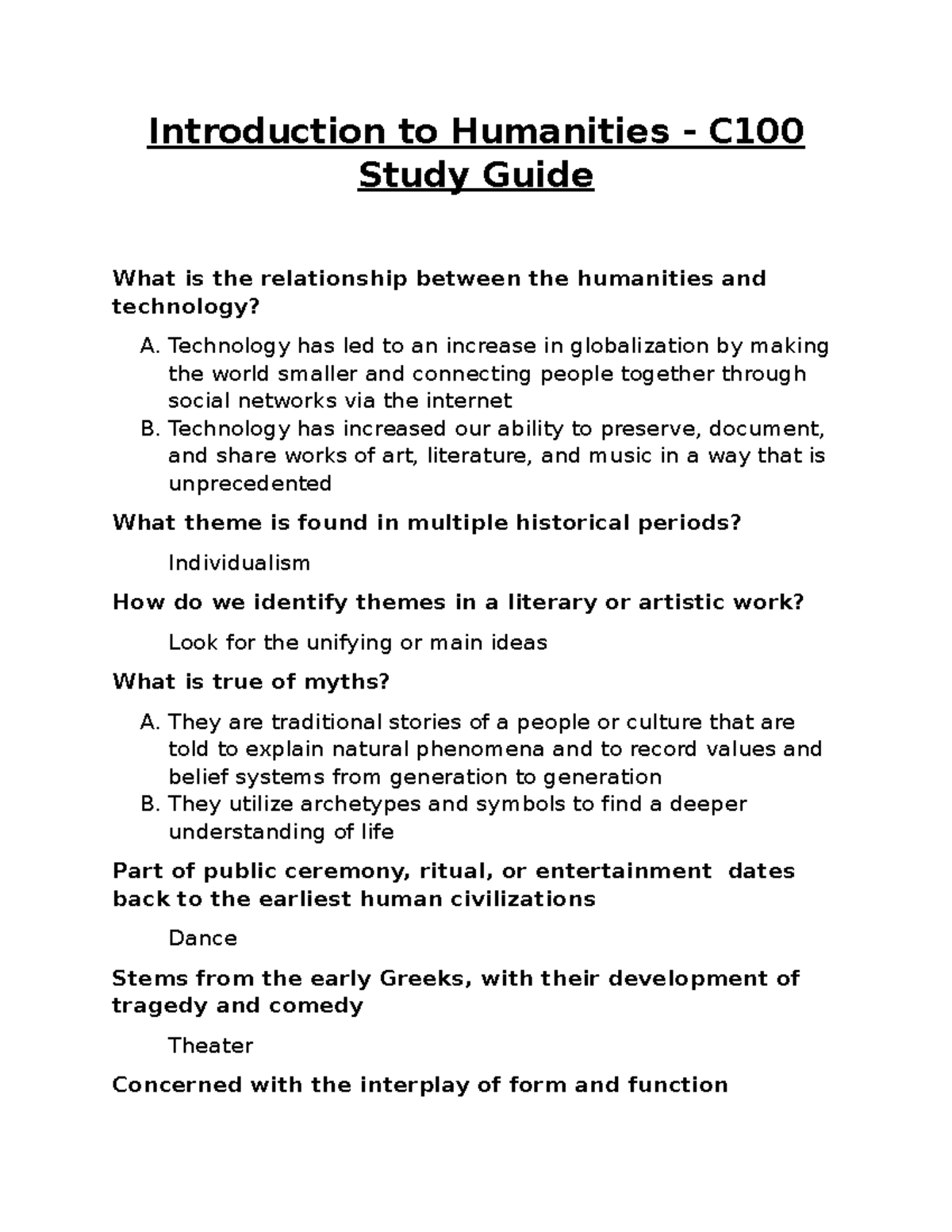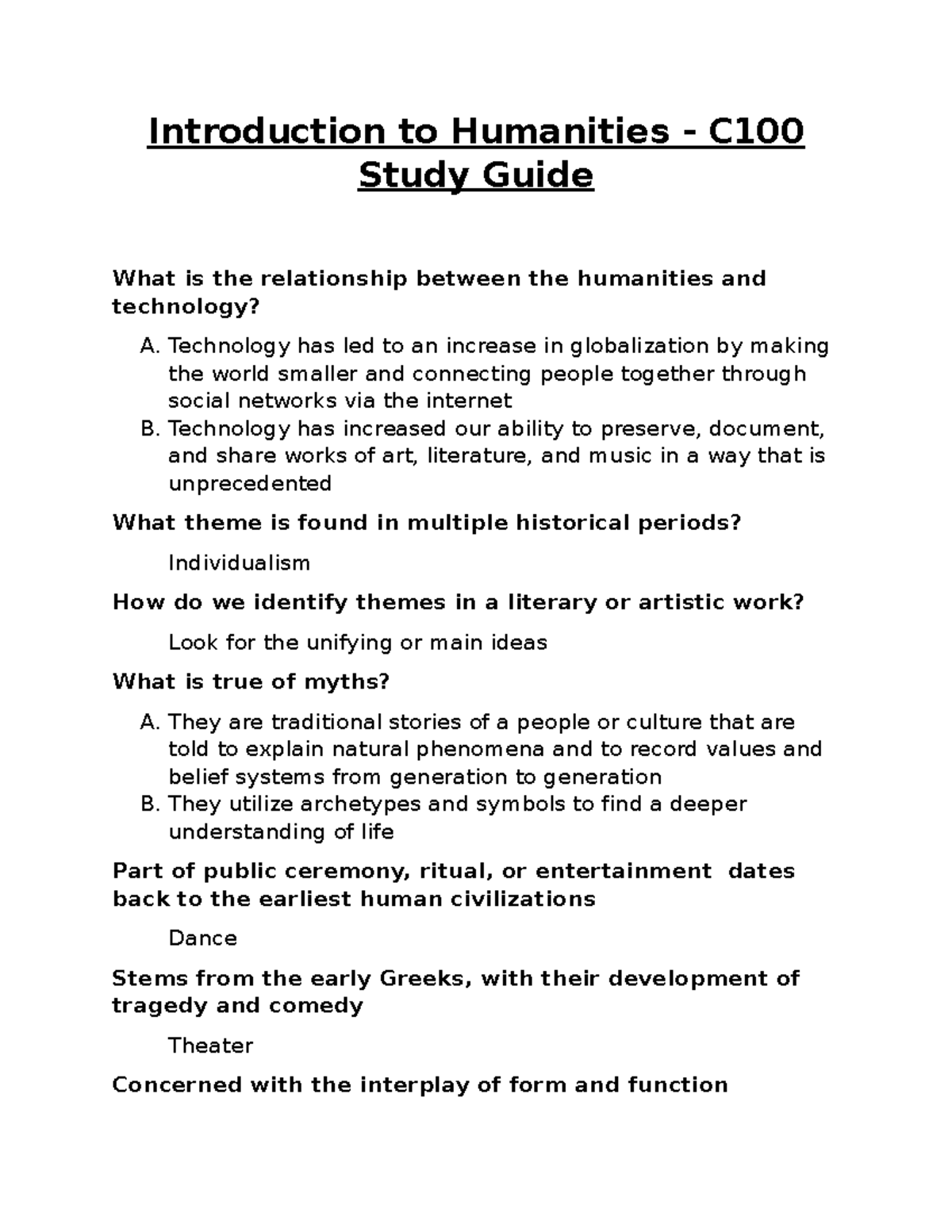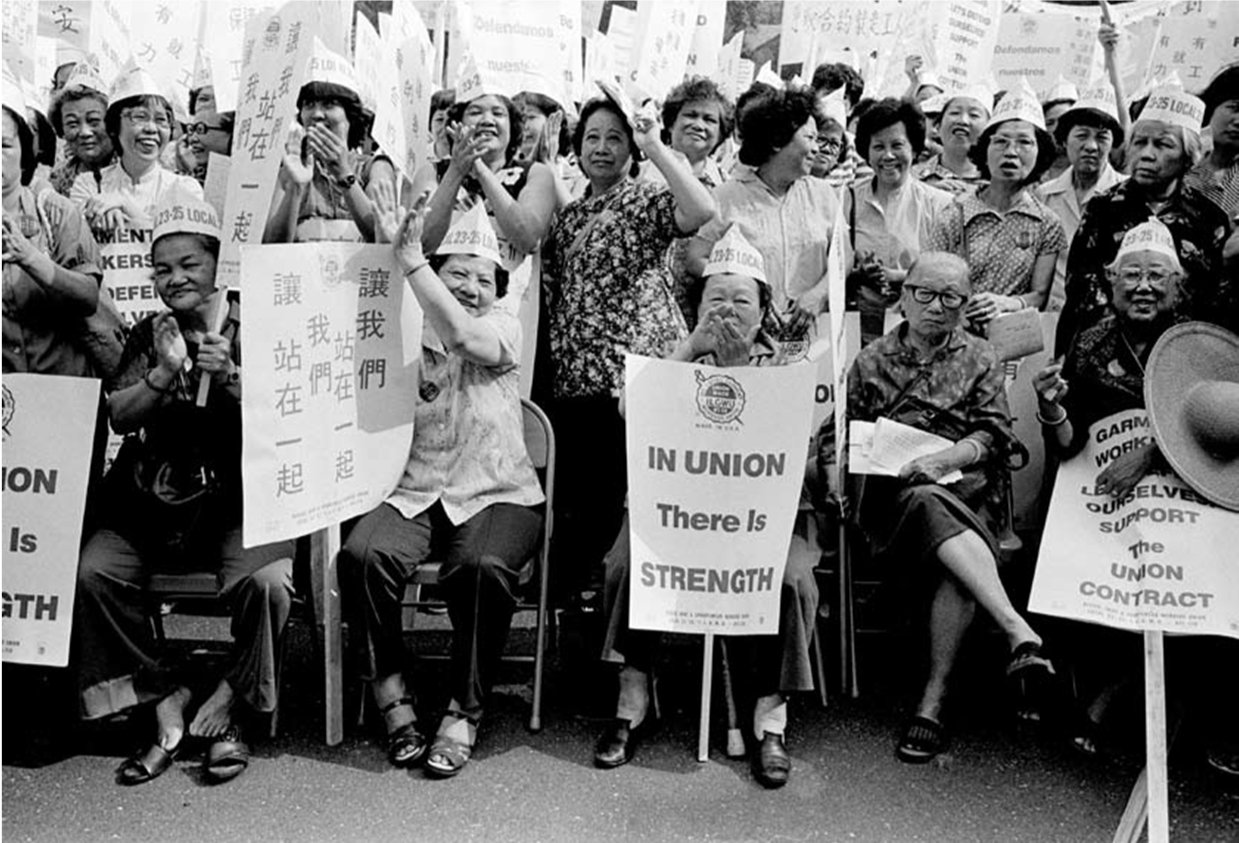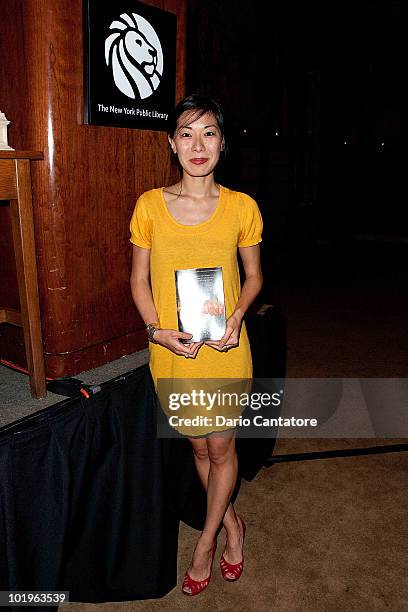Translation techniques are at the heart of bridging cultures and languages, enabling profound connections through text. Understanding these techniques requires a deep dive into the translation process, where a translator’s choices often reflect their reading experience. Damion Searls, an esteemed translator, eloquently articulates how each selected word is more of a response to the original work rather than an arbitrary choice, highlighting the philosophy of translation. By embracing this nuanced approach, readers can grasp the artistry involved in translation, which goes beyond mere word-for-word exchanges. This intricate dance between languages illuminates the rich layers of meaning that can only be fully appreciated through the lens of a skilled translator.
When discussing the methods of converting one language to another, we often refer to the craft of translation techniques. This intricate art form blends diverse skills that encompass not only language proficiency but also the ability to interpret and convey cultural nuances effectively. Renowned translator Damion Searls advocates for an understanding that goes beyond surface-level translations, emphasizing how reading and writing are intertwined in this process. The philosophy underpinning translation reveals a dynamic interplay between author, language, and translator, presenting a holistic view of how texts can be rebirthed across linguistic borders. Ultimately, this exploration invites us to appreciate the subtleties that define the language and translation field.
Understanding the Reading Process in Translation
The act of reading lies at the core of translation. According to Damion Searls, translating involves a unique engagement with text, akin to how a reader interprets a character in their favorite novel. When someone reads, they do not merely encounter words; they construct a mental image from the language and narrative cues. This process reflects a translator’s approach to language; they interpret the text not just for its direct meaning but also for its nuances and emotional undertones. Searls emphasizes that this intertwining of reading and understanding is vital for effective translation, as it shapes the final output to resonate with target language speakers.
Translators dive deep into a text, often seeing layers of meaning that a casual reader might overlook. For Searls, understanding how various elements—like tone, syntax, and cultural references—interact within the original piece provides a roadmap for creating a faithful rendition in another language. This complex reading process underscores the philosophy of translation where each choice made reflects not just a language shift, but also a cultural and contextual interpretation that respects the author’s original voice.
The Philosophy of Translation: Beyond Words
In his exploration of the philosophy of translation, Searls draws on insights from Maurice Merleau-Ponty to illustrate the profound connections between language and perception. He posits that translation embodies a ‘living bond’ between the translator and the source material. This philosophical framework suggests that effective translators not only decode words but actively engage with the underlying meanings and intentions of the authors. The emotional and cultural resonance of language must be captured, creating a bridge for readers from one linguistic background to another.
Searls argues that the process of translation is inherently tied to the perception of objects, akin to recognizing a chair’s form and function. Just as individuals instinctively understand how to interact with familiar objects, translators much grasp the essence of the text they work on. Each translation becomes a dialogue where the translator’s intuition guides their decisions, ensuring that cultural subtleties and meanings are preserved, much like a delicate art form demanding skill and sensitivity.
Techniques for Effective Translation
Translation is not merely about swapping words from one language to another; it requires specific techniques that respect both the source and target languages. As Searls elucidates, one key technique is the idea of ‘reading like a translator.’ This approach involves a close analysis of the language structure to identify which elements carry weight and which can gracefully be omitted or translated differently without losing meaning. Such careful consideration ensures that the author’s voice shines through, even in another tongue, enhancing the overall reading experience.
Furthermore, Searls highlights that understanding sentence structure and linguistic play is crucial for a successful translation. For instance, he refers to the uniqueness of German constructs that might not have a direct English counterpart. Recognizing these intricacies allows translators to make informed decisions about maintaining stylistic choices, thus ensuring cultural authenticity and fluency in the target language. Ultimately, mastering these techniques enriches the translator’s toolbox, facilitating a more nuanced and effective translation process.
The Role of Cultural Context in Translation
Cultural context is an essential component of translation and is something that Damion Searls highlights throughout his discussions. When translating a work, understanding the cultural nuances behind specific references can make a significant difference in how the translation resonates with readers. Searls illustrates this with his translation of Norwegian author Jon Fosse’s works, where he delves into contextual meanings that inform the original text. Translators must navigate cultural landscapes, making choices that respect and reflect the subtleties of both languages.
By considering the cultural context, translators create a more authentic experience for the audience, transforming the translated text into something that feels native. For example, a title like “Gula Tidend” might initially seem straightforward, but without understanding its cultural significance—rooted in historical contexts and linguistic meanings—it could lead to a misrepresentation in translation. Searls’ approach emphasizes that the translator must act as a cultural mediator, ensuring that readers are not only consuming a story but are also experiencing its cultural echoes.
The Challenges of Literal Translation
One of the ongoing debates within the translation community revolves around the challenges of literal translation. Searls points out that while it might be tempting to translate words directly, this method can often strip the text of its intended emotional and stylistic richness. His examples demonstrate how direct translations can lead to awkward phrasings that disrupt the reader’s immersion. Instead, Searls advocates for a translation style that prioritizes the essence of the original instead of a word-for-word equivalence.
Through his experiences, Searls reminds us that each language has its own unique rhythm and flow. By leaning less on a literal approach and more on a creative interpretation, translators can craft versions that breathe life into the text. This philosophy embraces the complexity of language, challenging translators to innovate rather than conform, ultimately benefiting both the integrity of the source material and the fluency for the target language audience.
Techniques for Maintaining Voice and Style
In the realm of translation, maintaining the voice and style of the original author is a formidable challenge. Translator Damion Searls emphasizes this point by illustrating the distinct ways authors employ language. Each writer’s style, influenced by their cultural background and language, must be deciphered and replicated in another tongue. The process demands an acute awareness of not only the literal meaning of words but their emotional weight, subtleties, and cadence.
For Searls, achieving a close approximation of the original voice often requires an iterative process. This entails revising translations multiple times, refining them to better capture the nuances of the original work. By engaging deeply with the text and understanding the author’s intent, a translator can create a version that not only conveys information but also resonates emotionally with readers. This commitment to fidelity ensures that the essence of the author remains intact in the translated work.
The Evolution of Translation Practices
The landscape of translation practices has evolved dramatically over the years, influenced by technological advancements and changing cultural attitudes. In discussions led by figures like Searls, it becomes clear that current translation methodologies emphasize collaboration and a broader dialogue among languages and cultures. The increasing intersection of global perspectives encourages translators to approach their work with an openness to various interpretations, rather than rigid adherence to traditional standards.
Searls points to a growing recognition that translation is not static but a dynamic process that adapts to societal changes. As cultures intermingle, translators must remain agile, treating texts not only as fixed artifacts but as living entities that invite continual reinterpretation. This evolution reflects a philosophy of translation that values diversity, complexity, and the rich tapestry of human expression, challenging translators to be both skilled artisans and insightful cultural commentators.
Personal Insights into the Translation Workshop
Searls’s recent translation workshop at Harvard provided a captivating glimpse into the practical application of his theories. Engaging with Ph.D. students from the Comparative Literature program, he showcased how collaborative environments can enhance the learning experience for translators. Participants explored various texts with Searls guiding them to understand the intricacies of translating not only words but the underlying themes and cultural contexts.
In this workshop, Searls instilled the importance of engaging with texts on multiple levels. Discussing personal experiences and challenges faced during his translation projects allowed students to grasp the complexities of the translation process. This real-world insight reinforced the idea that translation is as much about interpretation and empathy as it is about linguistic skills, equipping future translators with a well-rounded perspective on their craft.
The Impact of Translation on Global Literature
The significance of translation extends far beyond languages; it plays a pivotal role in shaping global literature and cultural exchange. By translating texts from diverse languages, translators like Searls facilitate a cross-cultural dialogue, allowing works to reach wider audiences and enriching the literary landscape. This accessibility not only broadens readers’ perspectives but also introduces them to the rich cultural narratives embedded in different languages.
As Searls emphasizes, the act of translation is inherently an act of sharing and connecting. Each translated piece serves as a conduit through which readers can experience cultures different from their own. The implications of this work are profound: translations help preserve voices that may otherwise remain unheard, fostering understanding and appreciation across cultures. In this way, translators carry the responsibility of promoting empathetic engagement and bridging gaps between worlds.
Frequently Asked Questions
What are effective translation techniques emphasized by Damion Searls?
Damion Searls emphasizes that effective translation techniques involve a deep reading process that is intertwined with writing. As a translator, recognizing the linguistic elements that can be omitted versus those that carry intentional stylistic significance is crucial. Engaging closely with the text allows translators to maintain the author’s voice while also crafting a version that resonates with the target language audience.
How does reading like a translator influence the translation process?
Reading like a translator involves a meticulous approach to understanding the source text. This technique enables translators to unpack the nuances of language and structure, which leads to more accurate reflections of the original work. Searls illustrates that this method enhances one’s translation process by fostering an intuitive feel for how to convey meanings and stylistic choices effectively.
What is the philosophy of translation according to Damion Searls?
Damion Searls’ philosophy of translation is rooted in the concept of a ‘living bond’ between translators and the language. He draws on Maurice Merleau-Ponty’s ideas of perception, arguing that translation requires an immediate understanding of written language, much like recognizing everyday objects. This comprehension invites translators to interpret and re-express meanings in a way that is authentic to both the source and target languages.
Can fluency in the source language ensure successful translation?
While fluency in the source language is beneficial, Searls contends that it is not the sole criterion for effective translation. Expertise varies across languages and contexts. Translators bring diverse experiences and perspectives, which can enhance the translation process. Searls encourages an inclusive understanding, suggesting that one does not need a formal qualification to contribute valuable insights in translation.
What challenges arise in the translation process as highlighted by Searls?
Challenges in the translation process arise from the complexity of language structures and cultural nuances. Searls points out that translators must navigate intentional stylistic choices made by authors, which can differ notably across languages. For instance, he encounters specific linguistic constructs that are prevalent in German but less common in English, requiring careful thought to preserve meaning without compromising readability.
How important is revision in the translation process?
Revision is a vital aspect of the translation process, as highlighted by Searls. He advocates for an initial draft that allows for flexibility, enabling translators to refine their work iteratively. This approach fosters a focus on sound and flow in the target language, encouraging translators to enhance their translations further without frequently reverting to the source material.
What role do cultural references play in translation, according to Damion Searls?
Cultural references are crucial in translation. Searls stresses that understanding the cultural context of terms or names is essential for making informed translation choices. For example, when faced with a specific title, he collaborates with the author to ensure the translation reflects both the original meaning and resonates with the target audience culturally.
| Key Points |
|---|
| Damion Searls compares translation choices to a reader’s interpretation, suggesting they are shaped responses rather than conscious decisions. |
| Searls emphasizes that translation is an intertwined process of reading and writing, advocating for a deep engagement with the original text. |
| He notes that translators must recognize essential linguistic elements and authorial intention in their work. |
| Searls uses Maurice Merleau-Ponty’s philosophy of perception to explain how translators connect with language, akin to recognizing everyday objects. |
| His translation process often starts with a precise first draft, allowing him to refine the text intuitively. |
| Searls strategically considers readers’ associations in both languages to preserve flow and coherence. |
| He argues that fluency is not the sole determinant for translation; other valuable experiences contribute to one’s translation ability. |
Summary
Translation techniques are integral to the understanding of how words, emotions, and intentions transfer from one language to another. Damion Searls’s insights reveal that effective translation transcends mere word-for-word substitution; it requires a deep comprehension of both the source text’s nuances and the target audience’s expectations. By emphasizing the interconnectedness of reading and writing, Searls illustrates that a translator must navigate the complexities of the original language while crafting a text that resonates seamlessly with readers. Ultimately, mastering these techniques positions a translator to convey not just words but the true essence of the original work.










